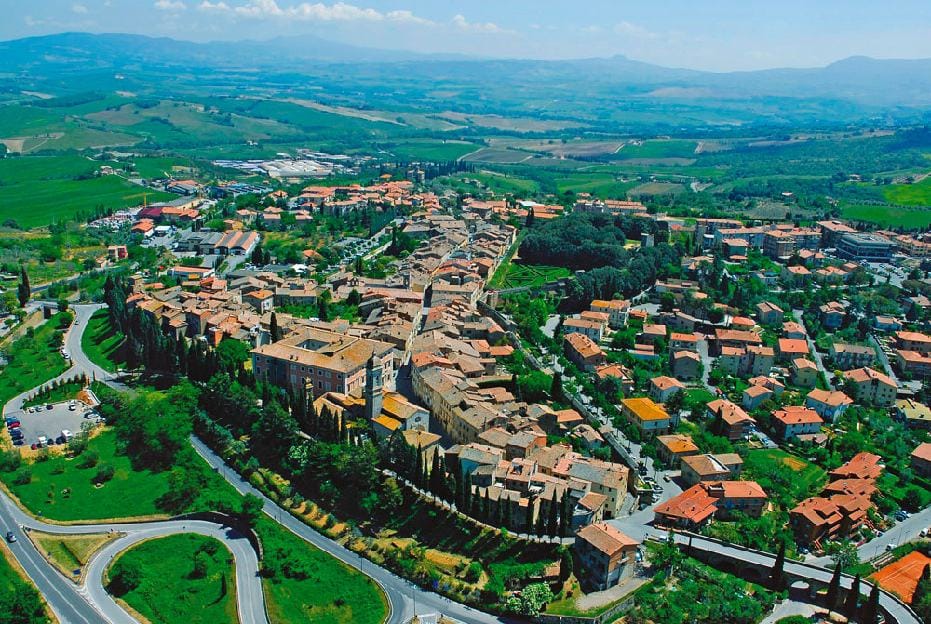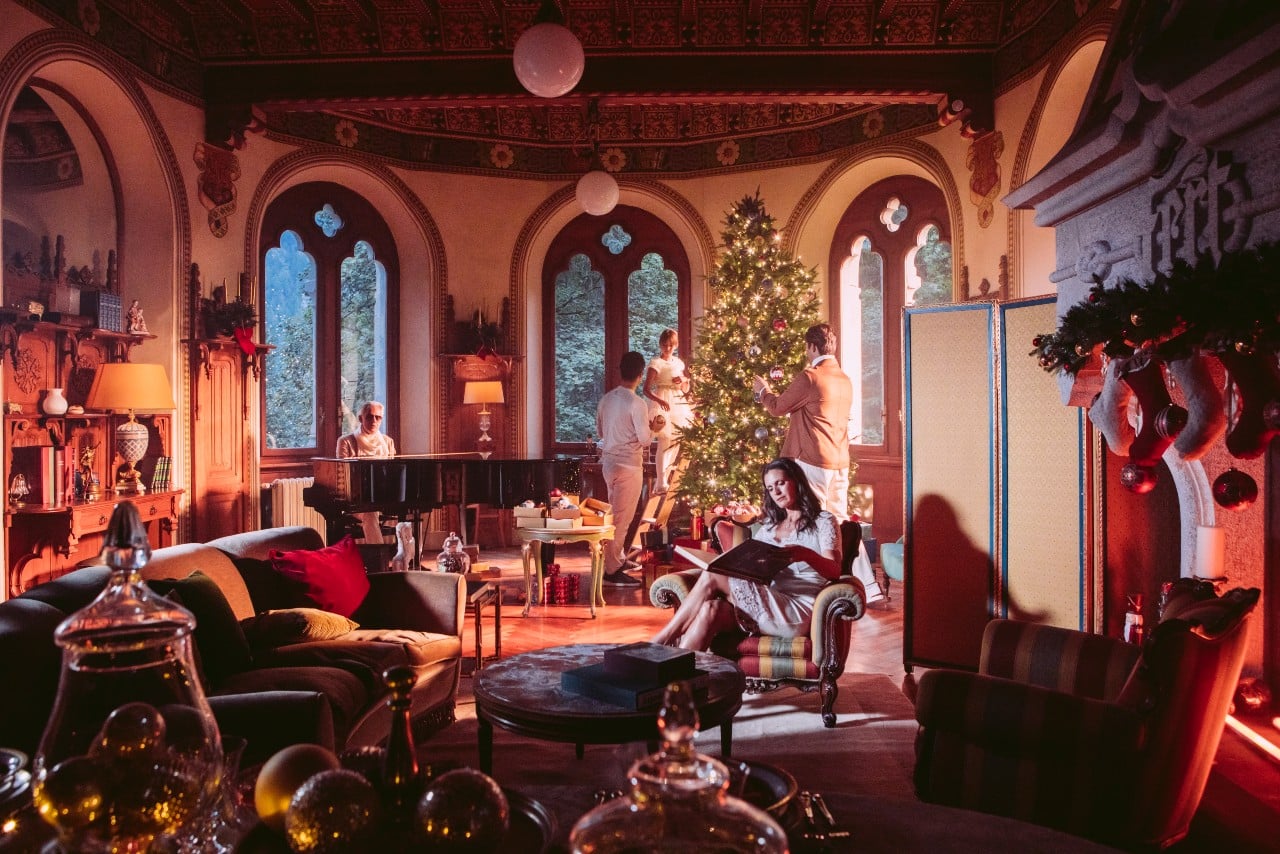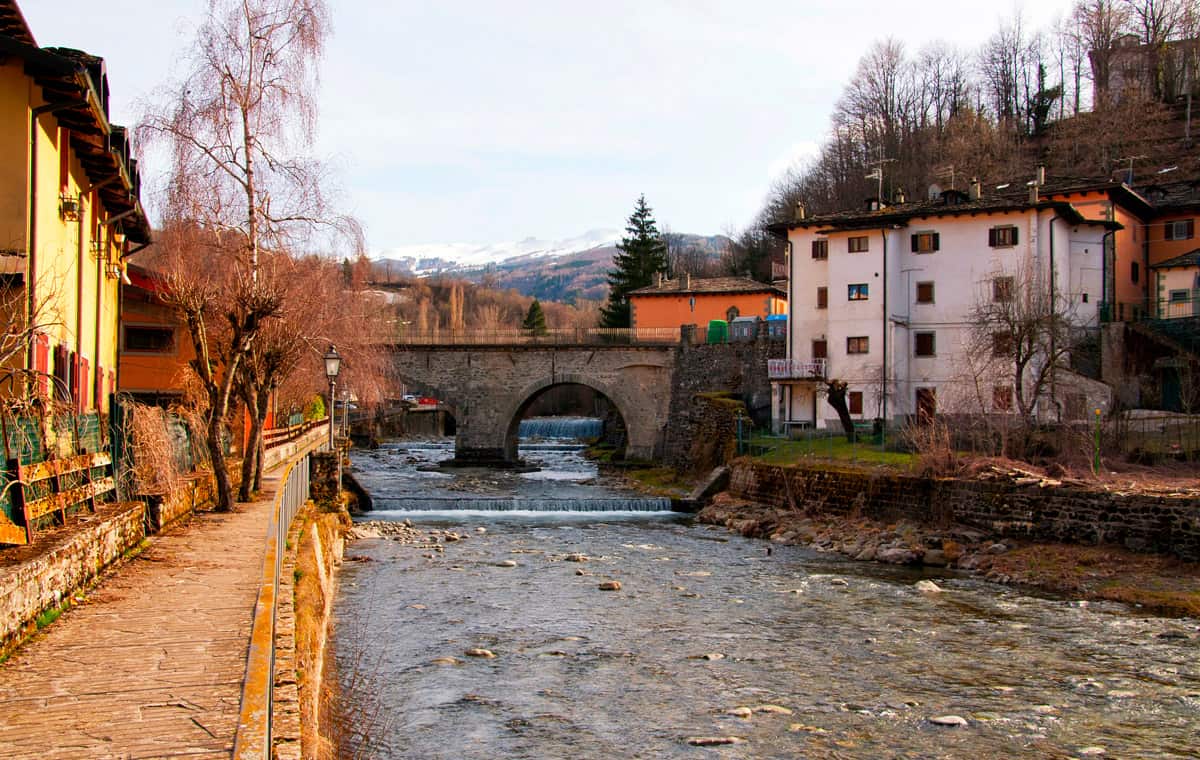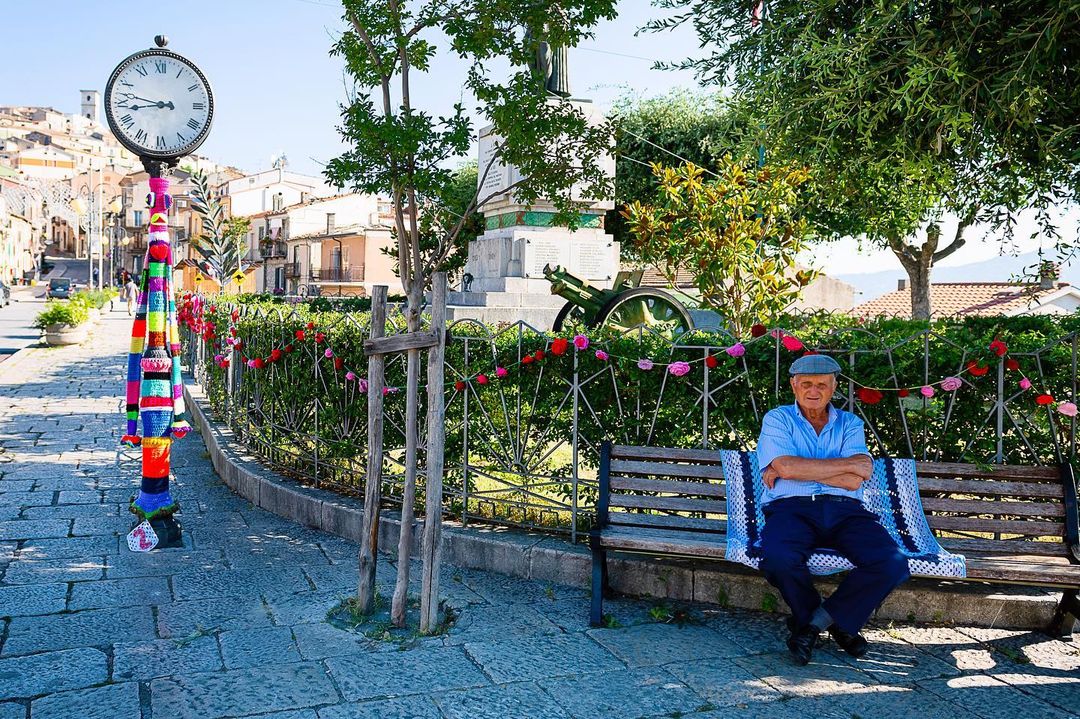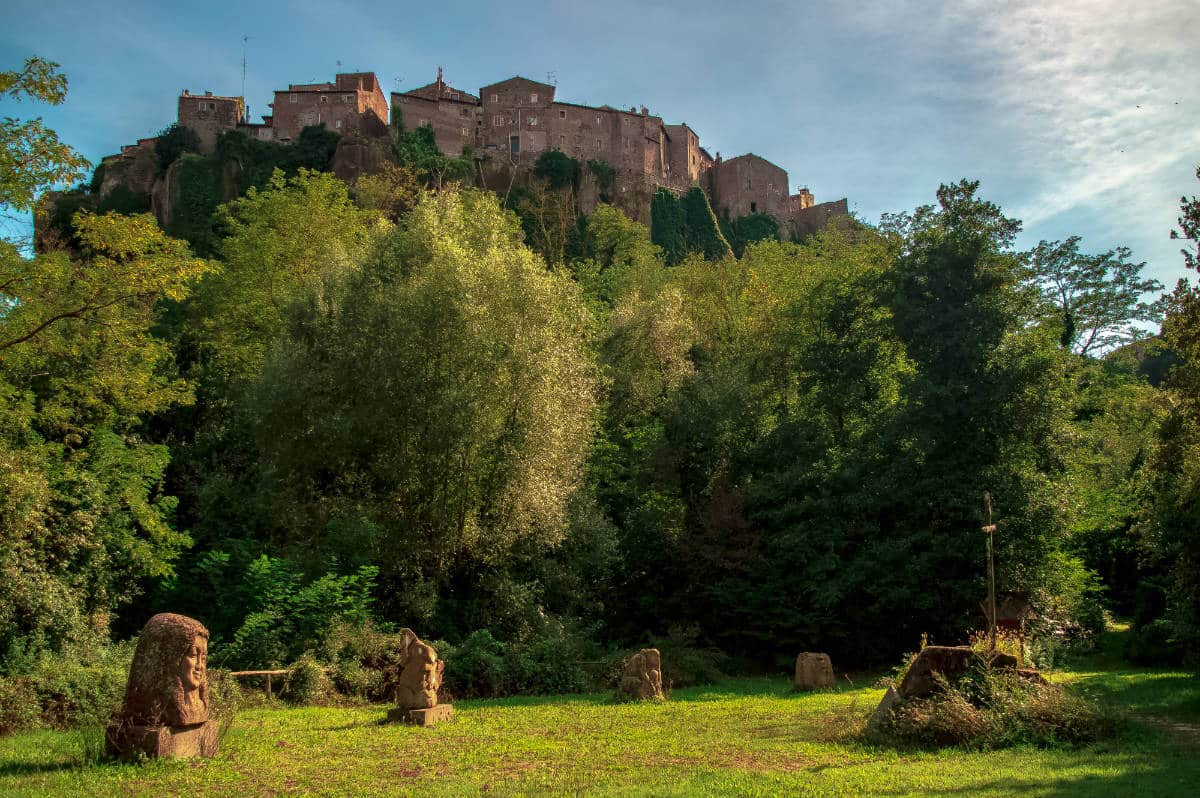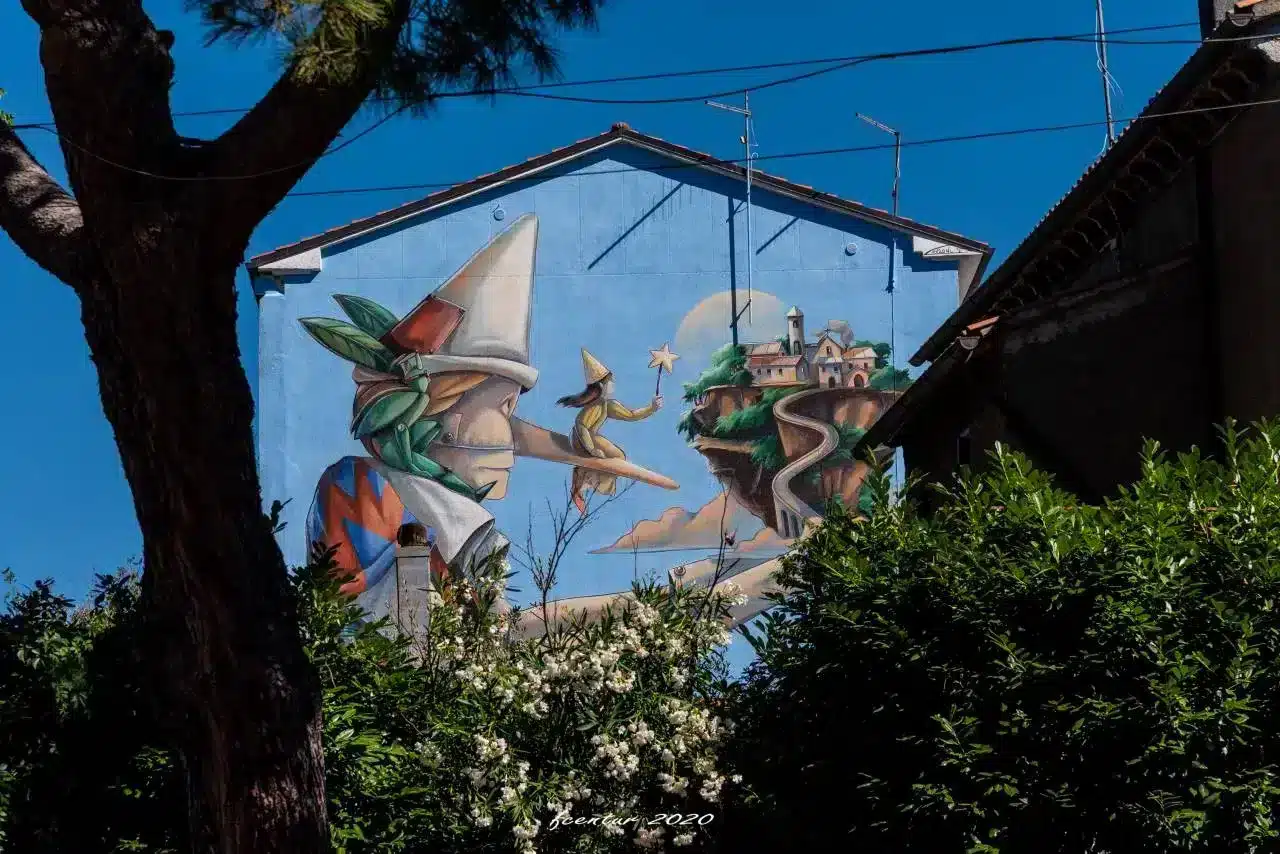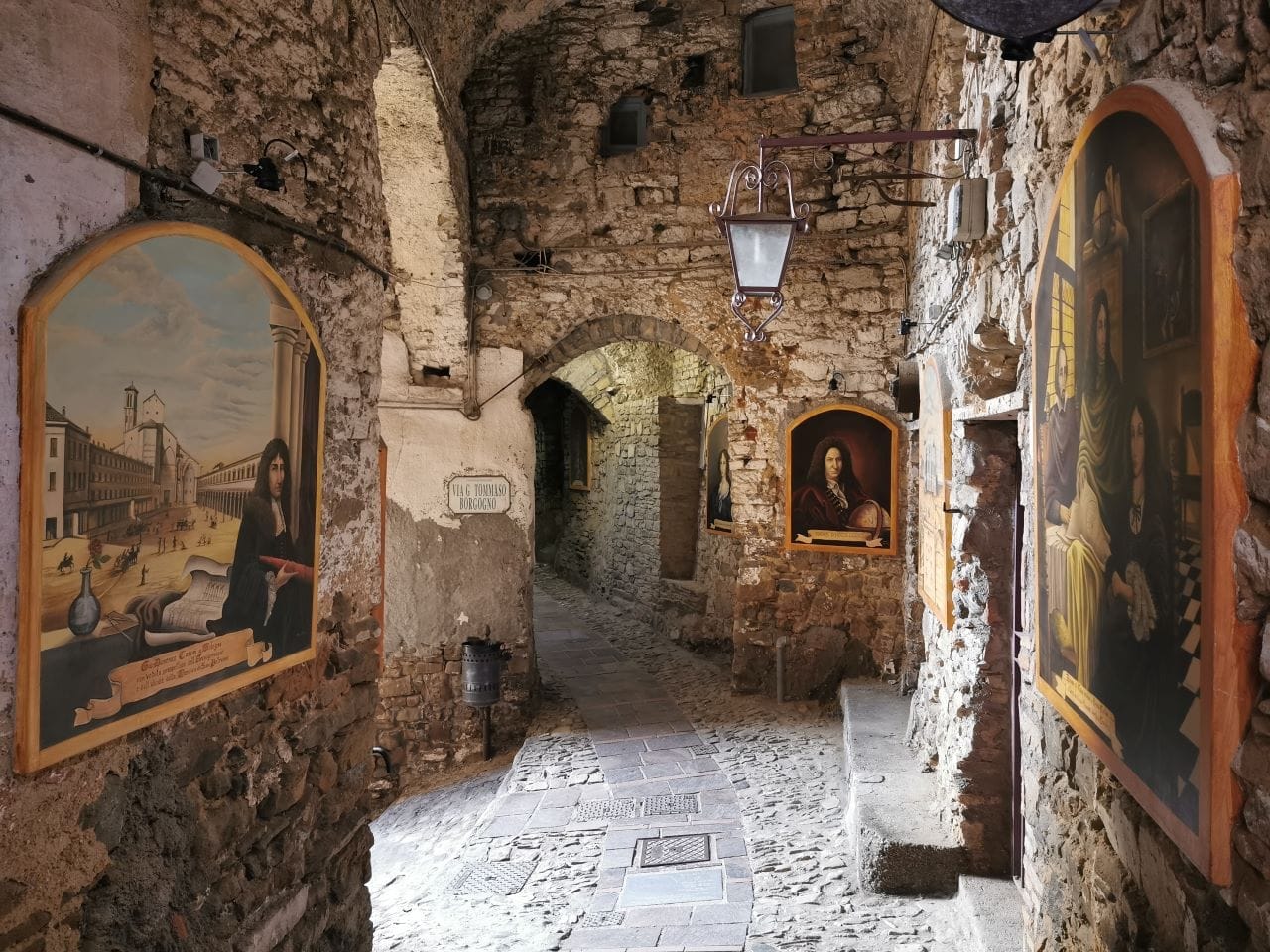In the Middle Ages it was an important stop on the Via Francigena and today the village still shows its period structure inside a characteristic city wall, divided from the main street, via Dante Alighieri. San Quirico d’Orcia, however, boasts more ancient origins, probably Etruscan, and stands in the heart of the Val d’Orcia – in the province of Siena -, in an elixir of vineyards, olive groves and oak woods.
The strong presence of artistic, architectural and natural assets today place the village of San Quirico d’Orcia – along with five other municipalities in the Val d’Orcia Natural Cultural Art Park. A mosaic of history to discover, a balance between nature and human ingenuity, starting with the Romanesque Collegiata dei Santi Quirico e Giuditta, whose earliest records date back to the 8th century. Its exterior has maintained its original appearance in Gothic style and has a short staircase leading to the large entrance door – with two side columns surmounted by an Ionic capital -, while the interior reveals a Baroque style and a single nave with Latin cross plant. Among the works guarded and under a trussed ceiling stands an altarpiece painted by Sano di Pietro, a 15th century Sienese school painter. The design of the ecclesiastical choreography of San Quirico d’Orcia continues with the church of San Francesco, whose interior is characterized by Gothic elements and by a precious Virgin attributed to Andrea della Robbia. Outside the building, paved streets and stone fountains dot the center of the village that testifies to its presence – and importance – along the Via Francigena track, with the Ospedale della Scala, where hospitality was offered to the pilgrims.
Also worth visiting are the remains of the Torre del Cassero and the Horti Leonini, a significant example of an Italian garden. Finally, with a game of bank, you can go to Bagno Vignoni, a hamlet of San Quirico d’Orcia: in its central square there is a large medieval basin, where water flows directly from the thermal spring. Around the square, Renaissance palaces and the loggia of Santa Caterina da Siena overlook the square.


